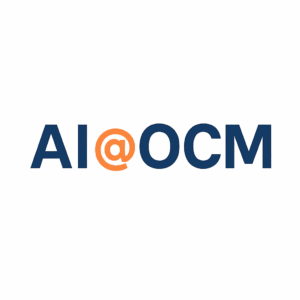In today’s rapidly evolving business landscape, maintaining a competitive edge is crucial for companies seeking long-term success. To achieve and sustain this competitive advantage, organizations must prioritize corporate agility. However, this is often easier said than done. That’s where the concept of organizational change management (OCM) comes into play.
OCM is a systematic approach to effectively managing the human aspect of change within an organization. It involves carefully assessing the current state, identifying key challenges, and implementing strategies to navigate these obstacles. By embracing OCM, companies can foster adaptability and flexibility, ultimately unlocking the full potential of their workforce.
Resistance
One fundamental aspect of OCM revolves around addressing resistance to change. It is human nature to resist change, even when we understand that it may be for the greater good. OCM practitioners must possess the ability to identify and mitigate resistance, whether it emanates from individuals or groups. This can be achieved through effective communication strategies, comprehensive training programs, and meaningful stakeholder engagement.
Continuous Improvement
Another crucial element of OCM is cultivating a culture of continuous improvement. This entails instilling a mindset among employees that encourages them to actively seek out and embrace change. Organizations can facilitate this mindset shift by implementing robust performance management systems, regularly conducting employee engagement surveys, and fostering an overall environment of transparency and open communication.
Technology
Moreover, successful OCM initiatives leverage technology to support and enhance change efforts. Collaboration tools, project management software, and other digital platforms, as well as Machine Learning (ML) and Artificial Intelligence (AI) can facilitate seamless communication and collaboration among team members. By embracing technology as an enabler, organizations can streamline change management processes, making them more efficient and effective.
Mergers & Acquisitions
When it comes to mergers and acquisitions, incorporating OCM into the overall strategy is vital. OCM can play a crucial role in ensuring a smooth and successful integration of two companies. This includes conducting cultural due diligence to identify potential cultural differences and devising strategies to address them. Additionally, implementing a comprehensive communication and training plan for all employees is essential to foster a cohesive and harmonious environment post-merger.
Conclusion
In conclusion, corporate agility is imperative for organizations striving to thrive in today’s fast-paced business environment. OCM serves as a valuable framework to manage change effectively, enabling companies to drive adaptability, flexibility, and ultimately, harness the full potential of their workforce. By addressing resistance to change, fostering a culture of continuous improvement, leveraging technology, organizations can position themselves for long-term success.






